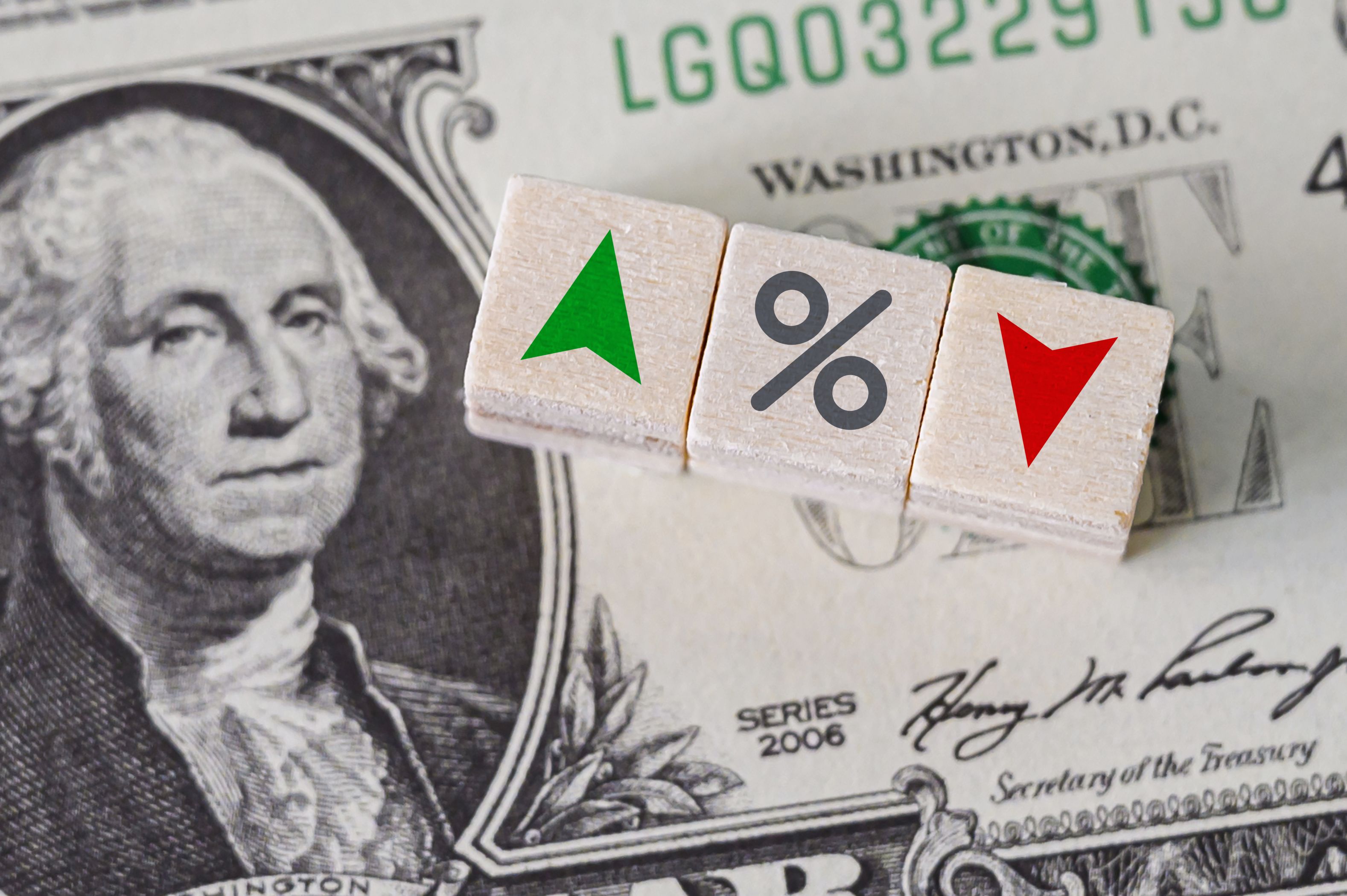 |
|
The beginning of the year brings a lot of things into perspective - including investments. For financial advisors in Asia, there's no better time than now to engage clients around changing their approach to risk.
Prior to 2008, investors and their advisors talked about risk in fairly academic terms. They discussed volatility as a standard measure of risk, and returns were expected to commensurate with the risk taken. They counselled clients that diversification was key to decreasing their portfolio's exposure to risk. All of this was sound advice - until risk morphed into a persistent market decline, one that spread across asset classes, leaving many investors to travel a long, hard road back to break even. Some were left by the side of that road.
Post-2008, we understand that risk means different things to different investors. And investors are conflicted. According to the latest Natixis global investor survey, seven in 10 investors globally are conflicted between obtaining returns and preserving capital, rising to 73% in Hong Kong, although 78% globally, and 73% in Hong Kong, say if forced to they would still choose safety over performance. It's not surprising then that many financial advisors and their clients want to cast a wider net through the use of new investment approaches, alternative asset classes, and portfolio strategies that better fit today's market complexity. They survey found that 69% of Hong Kong investors, 3% higher than the global average, believe traditional approaches to portfolio construction are not the best way to pursue returns and manage investments. Seven in 10 Hong Kong investors said they would consider alternatives if their advisors recommend them for their portfolio. It's going to take a new approach to risk and a different kind of conversation with clients to get them back on track to reach their long-term goals.
Changing the risk conversation
Three-quarters of investors say they don't have a solid understanding of the risk in their own portfolios. We have seen elements of this dynamic before - the tech bubble fallout of the late 90s and the most recent financial crisis. Investors were focused on growth, but ignored increasing correlations and lacked an awareness of the risk in their portfolios. Now is the time to have open, frank discussions with clients about risk and how they are deploying it in their portfolios. Are they taking enough risk? Are they truly diversified? Are they gaining the right return for the risk they are taking? The end-of-year portfolio review is a perfect opportunity.
Risk-first mindset
First, risk should be the centrepiece of every client conversation, particularly as more investors gravitate back to stocks. Rather than something to avoid, risk should be approached as a precondition to earning investment return. The most important question: is their risk level appropriate given their long-term goals and time horizon?
Second, every risk should have a specific purpose. While advisors do an admirable job of diversifying assets by style, those holdings can often have similar risk characteristics. A concentration of risk in the portfolio can be like holding too much of a single asset - making a portfolio more susceptible to market swings. An effective portfolio evaluation will give advisors and their clients a better understanding of which assets tend to reduce risk and which are more likely to enhance return. If an asset does neither, it shouldn't hold a place in the portfolio.
Third, risk should be under constant evaluation. Investors tend to be passive about risk. After making an initial decision about asset allocation, they tend to lock in and make adjustments only around the fringes of their portfolios. Then they let the ups and downs of the market determine the makeup of their portfolios without realizing that they are also skewing their risk levels.
Regular and rigorous analytical analysis of model portfolios can help advisors put a value on client risk, spot highly correlated asset classes and identify ways to enhance diversification. Then, in the same fashion that an advisor can review client returns or asset allocations, the models can also be used as a tool to assess the value of risk. With clients, thorough risk "inventory" can be conducted to help clients understand what modifications may be needed.
Those who ignore history are doomed to repeat it, goes the popular saying. But by putting risk first - in client conversations, portfolio construction and analysis, advisors can help their clients change the script and write a happier ending.
Madeline Ho is head of wholesale fund distribution for Asia-Pacific at Natixis Global Asset Management









